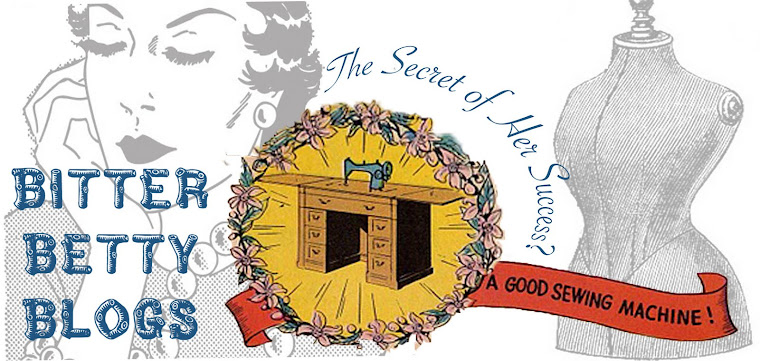We are in the middle of our lengthy, but not too difficult, tutorial for a chick with it's own egg cart!
And here we are at "the Cart Part!"
Tools:
- x-acto knife
- Paint brush
- scissors
- hot glue gun
Supplies:
- 3.2 inch paper mache egg. (I get mine from German Corner.) They are great and fast. Order now and you'll have plenty of time to have these done by Easter
- Craft paint
- Tacky glue
- cereal box cardboard scrap
- Wooden wheels 1 1/4 inch ( available at most crafty stores...) 2 per cart
- Bamboo skewers
- Ribbon/rick rack for harness
- trimmings (paper trims, tiny flowers, grass for inside, etc)
Castle In the Air
Blumchen
 Step 1: Paint your egg with craft acrylic paint. Paint both halves different colors if you like.
Step 1: Paint your egg with craft acrylic paint. Paint both halves different colors if you like.You only need 1 half per cart.
Step 2: Glue trims around the top of the egg. If the trims are very delicate, you may want to want to skip to applying the wheels and do this afterward.
Step 3: Glue one wheel to the end of the bamboo skewer. Slide the other wheel on the other end and lay across the bottom of the cart to determine the length of your axle. Mark skewer, remove wheel and cut to length. You want your axle to go all the way through both wheels with enough room for the wheels to spin.
Step 4: Make a small cardboard bracket. Take a small rectangular piece of cardboard (1/2 x 3/4 approximately) Fold it in half an wrap it around the skewer to create the channel for the axle. Hot glue one tab down place axle underneath and mark where the other tab will need to be glued down. Remove axle and glue in place. You can paint this to match your chassis.
Step 5: When the glue is set, slide the axle back in under the bracket, and glue the second wheel in place.
Step 6: Determine the length of your shafts. They should attach to your egg just over the axle, and extend to the chicks "shoulder". You'll need to have your chick stand in for this measurement.
Cut two shafts. Glue any remaining trim that might need to go under where the shafts will be glued to the chassis. It's too hard to go around them later!
Step 7: Hot glue in place.
Step 8/9: Glue a short length of ribbon across the opening at the end of the shafts. Place the chick between the shafts and up against the ribbon. To hold the chick in place I used pretty straight pins. (Not okay for kids to play with..) So, you could also stitch, or glue, the chick in place.
Step 10: Embellish like crazy! Use your good stuff, go hog wild!
Then hold a race.....
Go! Chickies!!
Hope you make one! Let me know! I'd love to see!
xxoo,
Betty



























